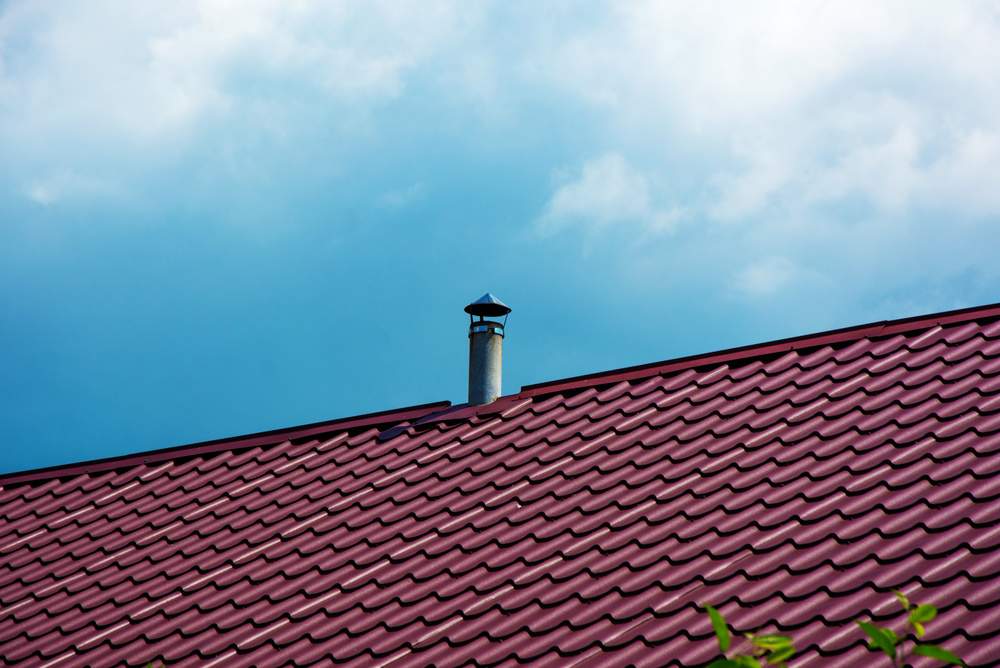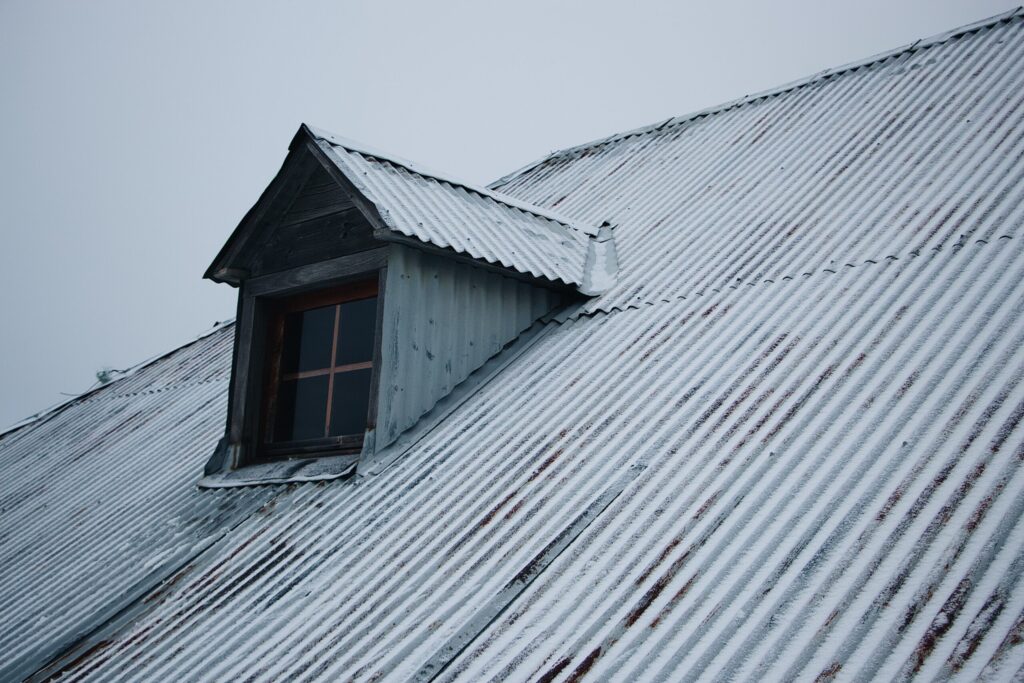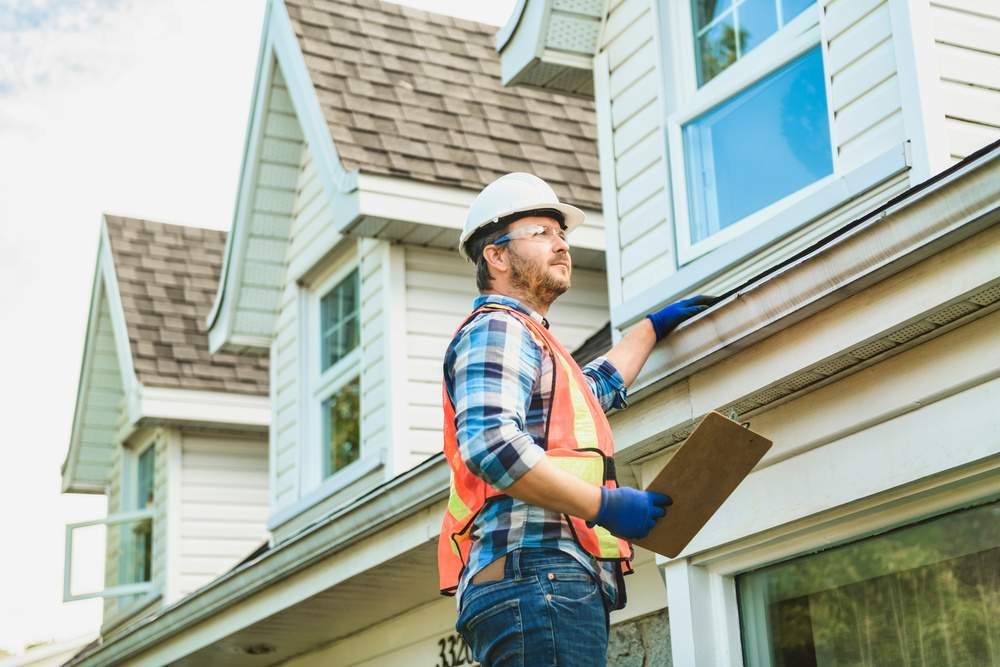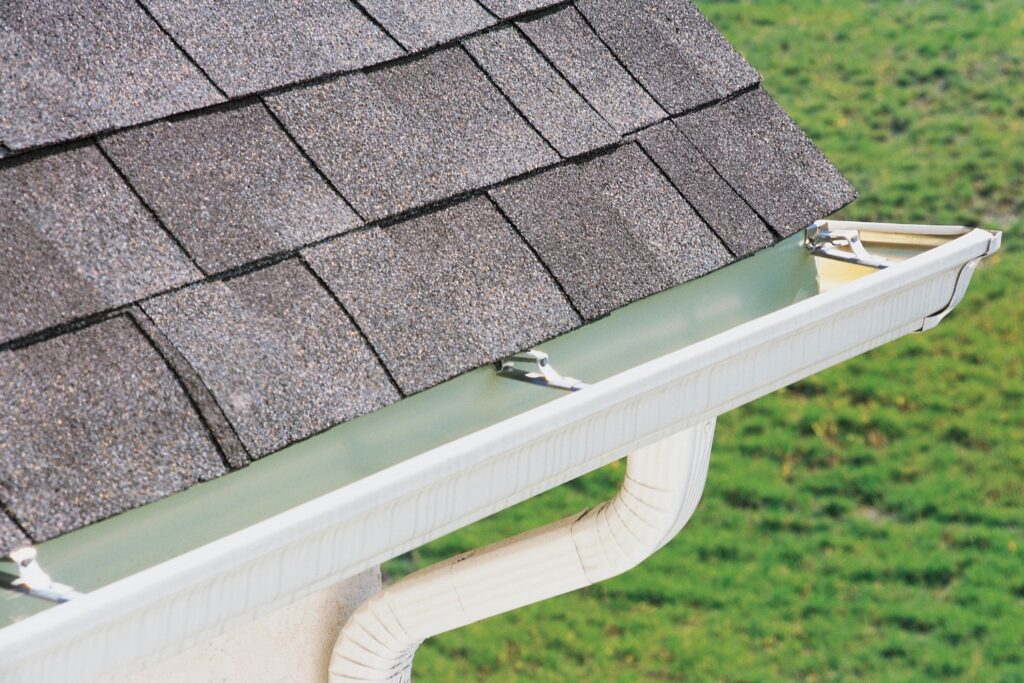Proper roof ventilation isn’t just a technical detail—it’s one of the most important elements of a durable, energy-efficient home in Lexington, KY. Roof ventilation protects the entire roof, including roof shingles, from damage caused by heat and moisture. With our city’s blend of hot, humid summers and icy winters, roof ventilation plays a critical role in preventing damage and reducing utility costs. Roof vents are essential components that facilitate airflow and help maintain the integrity of the entire roof system. Whether you live in Chevy Chase, Masterson Station, or Gardenside, investing in the right ventilation strategy can protect your home year-round.
Introduction to Attic Ventilation
Attic ventilation is a vital part of any home’s structure, especially in a climate like Lexington’s where both hot summers and cold winters can put your roof to the test. Proper attic ventilation works by allowing warm air to rise and escape from the attic, while cool air is drawn in to replace it. This continuous flow of air helps prevent heat buildup during the summer, keeping your living space more comfortable and reducing the strain on your cooling system. In the winter, attic ventilation is just as important—it helps prevent ice damming by ensuring that warm air doesn’t get trapped under the roof, which can cause snow to melt and refreeze at the eaves. By maintaining balanced attic ventilation, you protect your home from moisture accumulation, temperature extremes, and the costly damage they can cause.
Key Takeaways
- Prevents attic mold and moisture in Kentucky’s humid climate
- Lowers cooling costs during Lexington’s muggy summers
- Helps prevent winter ice dams common in Tates Creek and Chilesburg
- Extends roof life—especially for asphalt shingles
- Improves air quality and HVAC performance
Types of Vents for Lexington Roofs
Lexington homes benefit from a variety of roof ventilation systems, each designed to provide proper ventilation tailored to the local climate and your home’s architecture. Ridge vents are a popular choice, running along the peak of the roof to let hot air escape efficiently. Soffit vents, installed under the eaves, work in tandem with ridge vents by drawing in cool air from outside. Gable vents, placed on the exterior walls of the attic, help promote cross-ventilation, especially in homes with gable roofs. For homes that need a little extra help moving air, power vents use electric fans to actively expel hot air, while box vents (also known as static vents) offer a simple, passive solution for additional airflow. The right combination of these ventilation systems ensures your attic stays cool and dry, no matter what the Kentucky weather brings.
Determining Your Home’s Ventilation Needs
Every home is unique, so it’s important to assess your attic space, roof design, and local climate to determine the best ventilation system. A balanced approach uses intake vents, like soffit vents, to bring in cool air, and exhaust vents, such as ridge or gable vents, to let hot air escape. As a general guideline, you’ll want one roof vent for every 300 square feet of attic space if you have a vapor barrier, or one for every 150 square feet without one. However, factors like roof pitch, insulation, and the layout of your exterior walls can affect your home’s specific needs. Consulting with a professional roofer ensures your attic ventilation is properly designed for maximum energy efficiency and comfort, providing a steady flow of air that protects your home year-round.
1. Prevents Mold Growth During Lexington’s Humid Months
Lexington is no stranger to high humidity, especially from late spring through early fall. Without proper ventilation, warm moist air trapped in the attic condenses on wood and insulation. Humid air from inside the home rises into the attic, where it can become trapped and contribute to condensation and increased risk of mold growth. This encourages mold and mildew—a serious risk to both your roof structure and indoor air quality. Ventilation allows warm air to escape and fresh air to flow in, keeping moisture levels in check.
2. Reduces Attic Heat in Summer—Key for Lower Energy Bills
In neighborhoods like Hamburg and Andover, summer temperatures can make attics feel like ovens. Excess heat radiates into living spaces, forcing your air conditioner and air conditioning system to work harder, which increases your energy costs. A well-ventilated roof allows trapped heat to escape, lowering indoor temperatures and helping you cut down on cooling costs.
3. Helps Prevent Ice Dams in Cold Neighborhoods Like Tates Creek
When Lexington winters bring freezing rain and snow, especially in cold climates, roof ventilation becomes essential. Inconsistent roof temperatures cause snow to melt and refreeze at the eaves, forming damaging ice dams. Allowing cold air into the attic helps maintain a uniform roof temperature, preventing melting snow from causing ice dams. Ventilation helps keep the roof surface temperature consistent, preventing this cycle and reducing the risk of leaks and rot.
4. Protects Against Moisture Damage in Tree-Shaded Areas Like Lansdowne
Homes in tree-lined areas such as Lansdowne and Ashland Park are more susceptible to trapped moisture and poor airflow. Shaded roofs tend to dry slower after storms, increasing the potential for water damage. Adequate ventilation helps dry out damp roof decks faster, preserving structural integrity and preventing moisture damage to the roof decking, which is a critical component beneath the roofing material.
5. Extends the Life of Shingles Common in Lexington Homes
Most Lexington homes use roof shingles, such as asphalt shingles, which can degrade faster under excessive heat and moisture. Proper attic ventilation stabilizes temperatures and reduces humidity, protecting your roof shingles from blistering, cracking, or curling—all common signs of premature aging.
6. Improves Air Circulation in Older Homes Around Ashland Park
Many historic homes in Lexington weren’t built with modern ventilation in mind. Adding ridge vents, soffit vents, or gable vents to these homes can drastically improve airflow, reduce the likelihood of attic condensation, and improve indoor comfort without altering the home’s appearance. Better attic ventilation in older homes also helps protect the structure from moisture damage and supports a healthier living environment.
7. Helps Meet Local Building Codes and Roofing Warranties
In Lexington, certain roofing codes require minimum ventilation levels, and proper roof venting is essential for meeting building codes and maintaining roofing warranties. Additionally, leading manufacturers like GAF and Mule-Hide Products may require specific ventilation standards to keep your roofing warranty valid. Craftsmen Roofing and Exteriors ensures all new installations meet these standards for long-term performance and peace of mind.
Improving Your Home Value with Proper Ventilation
Investing in a proper roof ventilation system does more than just protect your roof—it can also boost your home’s value and appeal. A well-ventilated attic helps prevent moisture buildup, which can lead to costly issues like mold growth, damp insulation, and even structural damage. By reducing the risk of ice damming and extending the lifespan of your roofing system, you’ll save on maintenance and replacement costs. Proper ventilation also improves energy efficiency, lowering your cooling bills and reducing the workload on your heating and cooling systems. For homeowners, this means a more comfortable living space and a healthier indoor environment. For potential buyers, a properly ventilated home is a major selling point, offering peace of mind and long-term savings. In short, roof ventilation is a smart investment that pays off in comfort, efficiency, and home value.
FAQ
Why is roof ventilation important in Lexington’s climate? Because Lexington experiences high humidity and dramatic seasonal swings, ventilation is critical for preventing mold, ice dams, and heat buildup.
Can poor attic ventilation cause mold or roof damage? Yes. Moisture trapped in the attic due to poor attic ventilation can lead to wood rot, mold growth, and deterioration of insulation and roofing materials.
How do I check if my roof is properly ventilated? Signs include high attic temperatures, musty odors, or visible mold. A professional roof inspection can give you a clear assessment.
Do certain Lexington neighborhoods need extra ventilation help? Yes. Areas with dense tree cover or older construction, like Bell Court and Kenwick, often need tailored ventilation solutions.
What are the best ventilation types for homes in this area? Ridge-and-soffit systems work well for most homes, but older or custom rooflines may benefit from gable or turbine vents.
Ready to Protect Your Lexington Roof?
Roof ventilation is not something to overlook—especially in a climate like ours. If you’re unsure about your current ventilation setup or dealing with high energy bills, mold, or roof damage, Craftsmen Roofing and Exteriors is here to help. Our expert team offers detailed attic assessments and installs ventilation systems that meet Kentucky codes and extend your roof’s lifespan.
Schedule your free roof inspection today or call (859) 800-7768 to speak with our Lexington roofing specialists.





